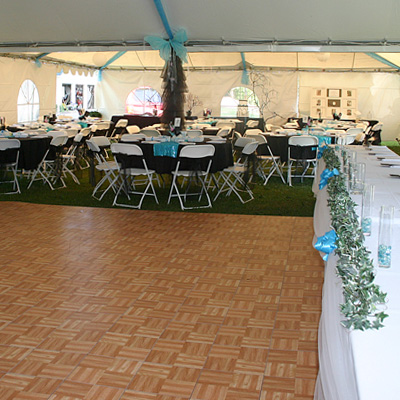Choosing the right materials for building a long-lasting and secure external dance surface is crucial for ensuring an pleasurable experience. Outdoor movement floors must withstand various weather conditions while providing a firm surface for dancers and attendees. Thus, it is important to consider factors such as material durability, safety features, and maintenance requirements when making choices. This guide will examine several appropriate materials and their benefits in designing an open-air dance floor.
One common option for outdoor dance floors is timber. Lumber offers a traditional and inviting aesthetic that many find appealing. Solid woods like beech or ash are particularly favored due to their strength and ability to cushion shock, which can safeguard dancers’ ligaments. Additionally, timber has natural slip-resistant properties when finished correctly, minimizing the risk of accidents. However, preserving a timber dance floor demands routine coating and refinishing to shield it from moisture and UV damage, rendering it essential to consider the climate in which the floor will be installed.

Another viable option is composite materials, which combine natural fibers with polymers. These materials are engineered to be resistant to moisture, mildew, and fading from UV exposure. Composite dance floors offer longevity similar to conventional wood without the intensive maintenance. They are more resistant to warping and cracking than wooden floors when exposed to extreme environmental conditions. Furthermore, composite surfaces special occasion flooring rentals often have integrated slip resistance features, making them a safer choice for open-air occasions.
For those looking for a more modern approach, interlocking tiles made of PVC or rubber are excellent alternatives. These tiles are designed for easy installation and can be rearranged or replaced as required. The flexibility of using interlocking tiles permits rapid assembly and disassembly, making them ideal for temporary dance events or festivals. Additionally, these materials provide cushioning that enhances support while dancing and minimizes the risk of injuries caused by falls. The non-porous nature of PVC and rubber also helps prevent water penetration, additionally extending the lifespan of the flooring.
Ultimately, it is vital to consider the location and intended function of the exterior dance floor when choosing materials. For instance, if the dance floor will be situated in a high-traffic area or subjected to harsh weather regularly, opting for durable surfaces that require low upkeep will be important. On the other hand, for lighter use or in more sheltered areas, less heavy options may suffice. In any case, prioritizing safety features such as traction and shock absorption should remain at the forefront of planning.
To summarize, constructing a durable and top article secure open-air dance floor requires thoughtful assessment of diverse solutions appropriate for different settings and purposes. Wood offers classic aesthetics but demands consistent care; engineered composites blend aesthetics with resilience; interlocking tiles provide versatility and ease of use. At the end of the day, identifying the unique requirements of the dance floor's intended use will guide decision-making toward selecting the most appropriate material for an enjoyable and secure dancing experience outdoors.
Comments on “Selecting the Ideal Materials for Building a Robust and Safe Open-Air Dance Floor”